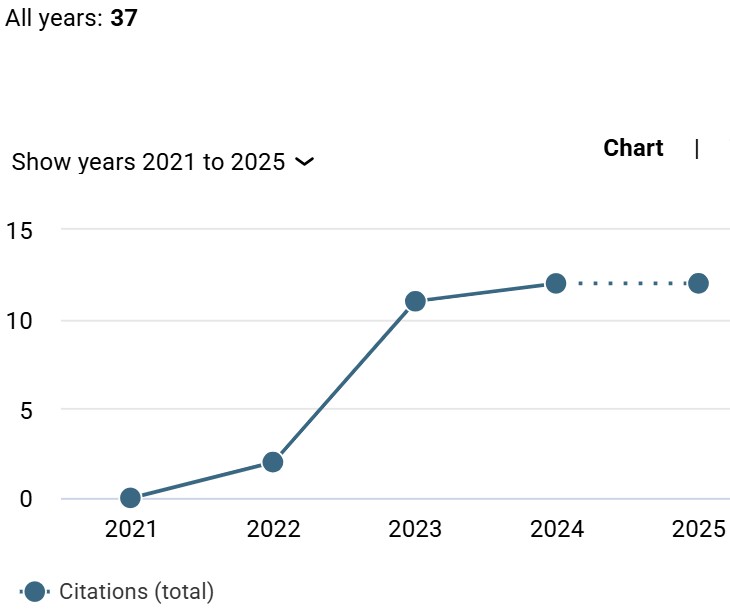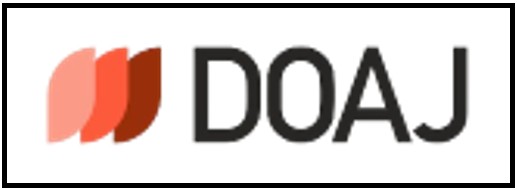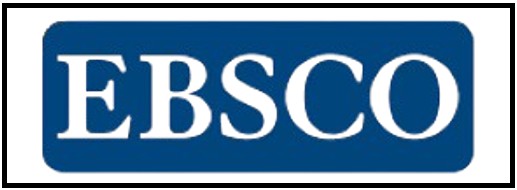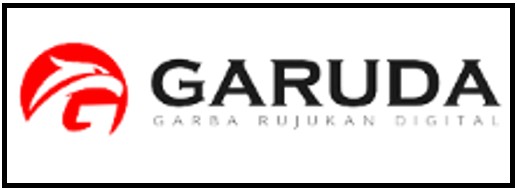Repository Policy
In response to the evolving nature of scholarly exchange and communications, the NEKTON: Jurnal Perikanan dan Ilmu Kelautan has established the following policy regarding authors’ deposit of their NEKTON journal contributions (including articles, reviews, notes, etc.) in their chosen/preferred repositories. Periodically submitted to OneSearch of the Indonesian National Library and GARUDA (Gerba Rujukan Digital) to be stored in a repository.
Definitions
[These definitions are based on the SHERPA/RoMEO website].
This policy applies to pre-prints, post-prints, and the publisher’s version of the articles. A pre-print is a work-in-process: a contribution not yet accepted, or perhaps even submitted, to the journal, that prospective authors make available for comments and criticism from others. A post-print is the version of the author's contribution after peer review and acceptance for publication, with revisions made. The publisher’s version is the PDF file of the authors' contribution as it appears in the journal.
Policy
NEKTON: Jurnal Perikanan dan Ilmu Kelautan encourages authors to post preprints and post-prints of their contributions in temporary locations, such as personal websites, or other public repository servers until the publisher’s version is available. Authors may post publisher’s versions of their contributions to the repository of their home institution or other preferred repositories as soon as those versions are available. When posting a publisher’s version, authors must include the following notation: They were published as [provide the complete bibliographic citation as it appears in the print version of the NEKTON: Jurnal Perikanan dan Ilmu Kelautan] with the link to the article's URLs or DOI.
Article versions
Author’s Original Manuscript (AOM)
What is it? Your original manuscript before you submitted it to a journal for peer review. How can I share it? You can share your AOM as much as you like, including via social media, on a scholarly collaboration network, on your own personal website, or on a preprint server intended for non-commercial use (for example arXiv, bioRxiv, SocArXiv, etc.). Posting on a preprint server is not considered to be a duplicate publication. If you do decide to post your AOM anywhere, we ask that, upon acceptance, you acknowledge that the article has been accepted for publication as follows:
“This article has been accepted for publication in NEKTON: Jurnal Perikanan dan Ilmu Kelautan.
Accepted manuscript (AM)
What is it? If your article is accepted for publication it becomes the Accepted Manuscript. This version has been through the peer review process and has been accepted by a journal editor. When you receive the acceptance email from the Editorial Office, keep a copy of your AM for any future posting. How can I share it? You can post your Accepted Manuscript (AM) at any point after acceptance (this includes posting to Facebook, Google groups, and LinkedIn, plus linking from Twitter). To encourage citation of your work, we recommend that you insert a link from your posted AM to the published article with the following text, including the DOI:
“This is an Accepted Manuscript of an article published in NEKTON: Jurnal Perikanan dan Ilmu Kelautan on [date of publication], [Article DOI].”
Version of Record (VOR)
What is it? This is the final, definitive, citable version of your paper, which has been copyedited, typeset, had metadata applied, and has been allocated a DOI (Digital Object Identifier). This is the published version. How can I share it? On publication, you can link to the VOR using the DOI or you can post the article PDF on any non-commercial websites and repositories.
Connecting the different versions of your article
By the time your article is published, you may have already shared your AOM and AM in various places. It is a good idea to link these to the VOR after publication, by adding some text such as:
“This is an [Accepted Manuscript / Author’s Original Manuscript] of an article published in NEKTON: Jurnal Perikanan dan Ilmu Kelautan on [date of publication], available at [Article DOI].”
By using a link containing the DOI, article downloads, Altmetric data, and citations can all be tracked and collated. All this data can help you to assess the impact of your work.














